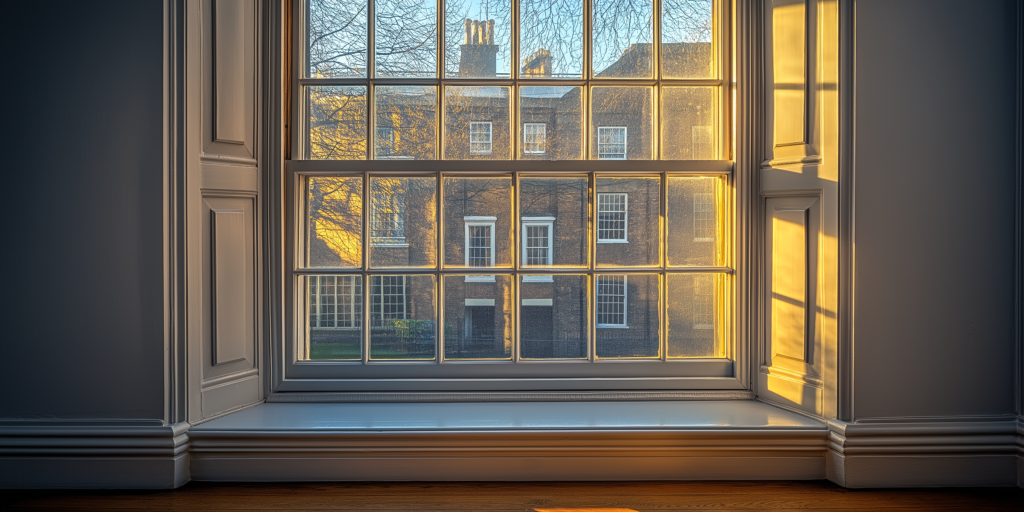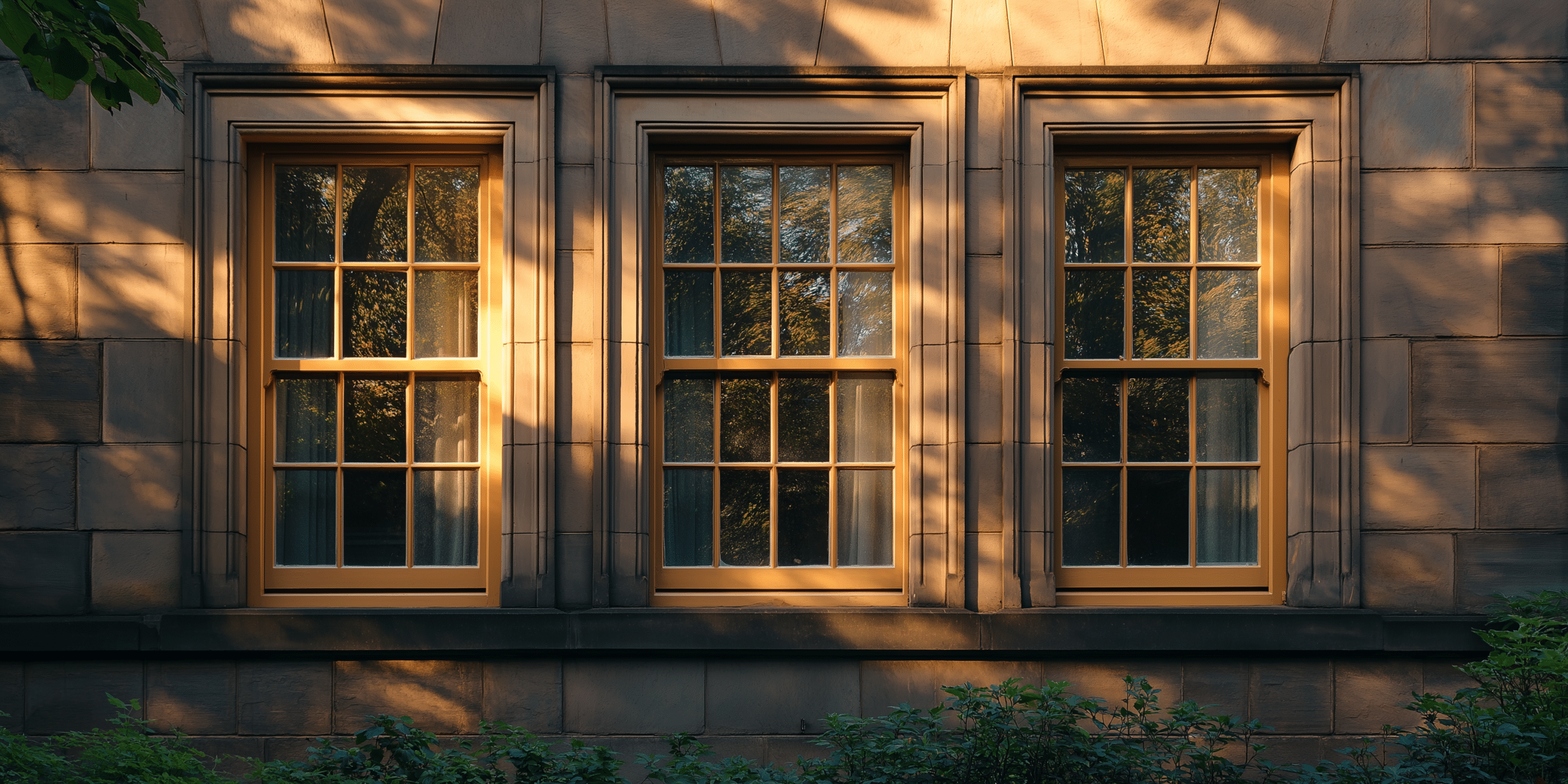Introduction to Sash Window Deep Rail

The deep rail ensures the sash window operates smoothly, maintaining its functionality and prolonging its lifespan. Unlike other elements, such as sash cords or weights, the deep rail is a structural component that enhances the window’s durability and stability. The deep rail provides crucial support that other components, like sash cords, cannot offer. It’s the backbone of the window’s structural integrity. Understanding the deep rail’s role helps in proper maintenance and accurate repairs, ensuring optimal performance.
Historically, the deep rail has been pivotal in the design of sash windows, reflecting the craftsmanship and architectural style of various periods. As architectural historians note, “The deep rail’s design has evolved but remains a testament to the craftsmanship of past eras, offering insight into traditional building practices.
Comprehending the deep rail’s role is essential for maintaining proper window operation. It aids in addressing issues related to misalignment, operational difficulties, and overall window performance. Understanding the deep rail’s function is key to diagnosing and fixing common issues with sash windows, ensuring they perform at their best.
Anatomy of a Sash Window: Understanding the Deep Rail
A sash window comprises several key components: the sashes (which move vertically), the frame, the glazing bars, and the deep rail. The deep rail is located at the bottom of each sash. The deep rail’s positioning at the base of the sashes is critical for supporting their movement and maintaining the window’s overall stability. This positioning provides crucial support and stability, ensuring that the sashes move smoothly within the window frame.
The deep rail acts as a stabilising element, distributing the weight of the sashes and maintaining the window’s alignment. The deep rail plays a fundamental role in distributing weight and preventing sagging, which is essential for the window’s long-term performance.It prevents sagging or warping, ensuring that the window functions correctly and lasts longer.
Deep rails are commonly constructed from timber, uPVC, and aluminium. Each material offers different benefits—timber for traditional aesthetics, uPVC for low maintenance, and aluminium for modern durability. The choice of material impacts both the performance and appearance of the deep rail. The choice of material affects durability, maintenance requirements, and aesthetic appeal.
The dimensions of the deep rail, including its width and thickness, impact the window’s structural integrity and functionality. Larger deep rails provide greater support and stability, while smaller dimensions might compromise the window’s overall performance. Larger dimensions can provide enhanced support and stability, while smaller dimensions may affect the window’s overall performance and durability.
The Role of Deep Rail in Window Balance and Weight Distribution
The deep rail plays a crucial role in balancing the window by supporting the sash weights and ensuring an even distribution of force. The deep rail is key to achieving proper balance in sash windows, as it supports the weights and helps maintain an even load distribution. Proper balance prevents uneven wear and ensures smooth operation, reducing strain on the window’s components. It helps distribute the weight of the sashes evenly across the frame.
The deep rail facilitates an even weight distribution, which reduces stress on the window mechanism and enhances overall performance. Even weight distribution reduces stress on the window mechanism, preventing issues such as misalignment or difficulty in operation.
The deep rail supports the sash weights and is integral to the operation of the sash cords, which facilitates the smooth movement of the sashes. The interaction between the deep rail and sash cords is essential for smooth sash movement and overall window functionality.It ensures that the sashes remain balanced and operate smoothly, enhancing overall functionality.
Accurate calibration of the deep rail ensures that the window sashes align correctly and operate without friction. Proper calibration of the deep rail is crucial for ensuring that the sashes move smoothly and the window operates efficiently. Misalignment can lead to operational difficulties, increased wear on components, and a reduction in the window’s lifespan.
Design and Aesthetics: Deep Rail in Different Sash Window Styles

The deep rail design can differ significantly between traditional and contemporary sash windows. Traditional styles often feature ornate, detailed deep rails, while modern designs may incorporate sleeker, minimalist profiles. The design of the deep rail varies widely, reflecting the architectural style and period of the window. Traditional styles emphasize detail, while modern designs focus on simplicity. Architectural style, historical period, and personal preference all play a role.
Preserving the original design is crucial to maintaining authenticity in historical windows. Modern windows might feature updated designs that complement contemporary architecture. Balancing the preservation of historical details with modern updates is key to maintaining the aesthetic and functional integrity of sash windows. They affect the visual harmony of the window within the building’s overall design.
Customisation options include selecting materials, finishes, and profiles that align with the building’s architectural style. Customising the deep rail to match architectural styles enhances the window’s integration into the building’s design, boosting both aesthetic appeal and property value.
The deep rail contributes to the window’s overall look, providing a finished and cohesive appearance. A well-designed deep rail can significantly enhance the visual appeal of a sash window, adding to its curb appeal and overall attractiveness.
Deep Rail Materials: Choosing the Right Option
What are the pros and cons of various materials used for deep rails (e.g., wood, uPVC, aluminium)?
- Wood: Offers a traditional appearance with excellent insulating properties but requires regular maintenance and can be susceptible to weathering.
- uPVC: Low maintenance, durable, and resistant to weathering but may lack the traditional aesthetic of wood.
- Aluminium: Highly durable and modern, with minimal maintenance needs, but can be less insulating and less traditional in appearance.
Choosing the right material for the deep rail depends on factors such as desired aesthetics, maintenance preferences, and climate conditions. Each material has its own set of advantages and drawbacks. It impacts the window’s appearance, maintenance requirements, and durability.
Factors include the window’s location, desired aesthetics, climate conditions, and maintenance preferences. Consider the environment where the window will be installed and the long-term maintenance requirements when selecting a material for the deep rail. They ensure that the material chosen will perform well under local conditions and meet aesthetic and functional requirements.
Different materials require varying levels of maintenance and offer different longevity. For instance, wood may require periodic painting and treatment, while uPVC and aluminium typically need less upkeep. The material choice affects how often the deep rail needs maintenance and how long it will last before requiring replacement. It impacts the long-term costs and effort required to keep the window in good condition.
Installation and Maintenance of the Deep Rail

Installation involves measuring, cutting, and fitting the deep rail into the sash assembly. Proper alignment and secure fixing are essential. Accurate measurement and precise installation of the deep rail are crucial for ensuring that the sash window functions properly and remains stable. It ensures that the window operates smoothly and remains structurally sound.
Common issues include misalignment, incorrect measurements, and improper fitting. To avoid these problems, thorough measurement and attention to detail during installation are crucial. Preventing common installation issues requires careful planning and precise execution to ensure the deep rail functions correctly and does not lead to future problems.
Misalignment or improper fitting can lead to operational difficulties and reduced longevity of the sash window. Regular inspections, cleaning, and prompt repairs are recommended. Routine maintenance helps prevent issues such as wear and tear, ensuring that the deep rail and overall sash window continue to function effectively. It helps prevent issues that could compromise the window’s performance and longevity.
Inspection and maintenance should be conducted annually or more frequently if issues are noted. Regular inspections, at least once a year, help identify potential issues early and ensure that the deep rail remains in good condition. It helps catch and address issues early, extending the life of the deep rail and ensuring smooth operation of the sash window.
Conclusion
Understanding the deep rail is crucial for effective maintenance and repair, as it plays a fundamental role in the window’s stability, operation, and overall performance. A thorough understanding of the deep rail’s function and proper maintenance practices ensures that sash windows operate smoothly and have a long lifespan. It allows for more informed decisions and effective maintenance, ensuring optimal performance and longevity.
Key takeaways include the importance of the deep rail in maintaining window stability, the impact of material choices on performance and maintenance, and the necessity of proper installation and regular upkeep. Understanding these aspects helps in making informed decisions, ensuring that sash windows function effectively and remain in good condition for years to come. Prioritizing these considerations ensures the optimal performance and longevity of sash windows, contributing to overall property value and functionality.




